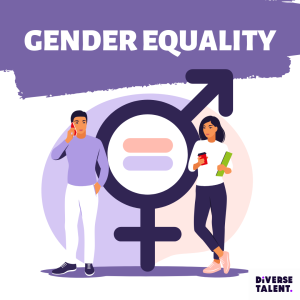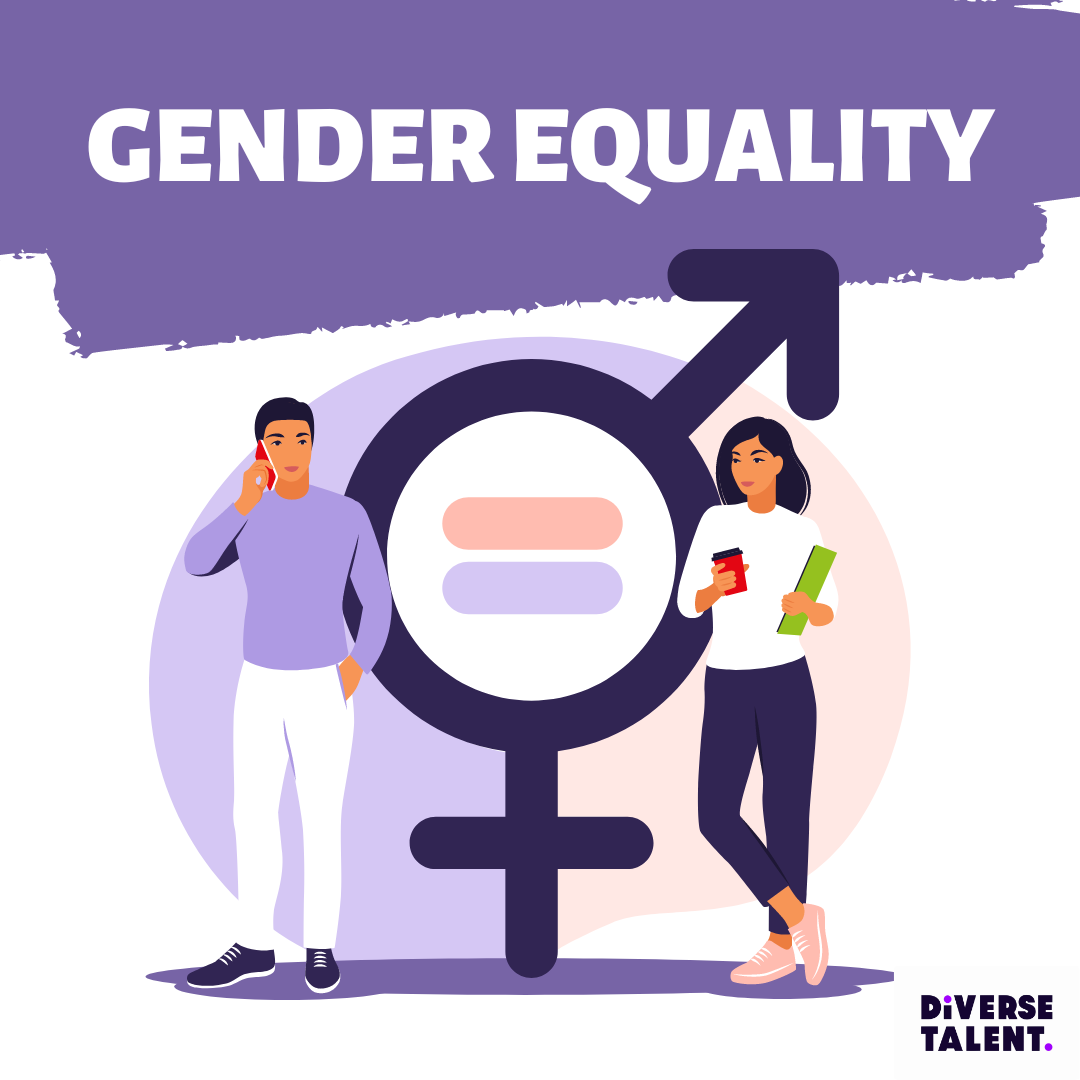What Can Be Done?
The gender pay gap has been a hot topic in the UK for quite some time, and for good reason. Despite progress in various areas of gender equality, the pay gap between men and women stubbornly persists. In simple terms, the gender pay gap is the difference in average earnings between men and women. While it’s a complex issue influenced by various factors, there’s no doubt that more needs to be done to close this gap once and for all.
The State of the Gender Pay Gap in the UK
Let’s start with the numbers. According to the Office for National Statistics (ONS), the gender pay gap among full-time employees in the UK was 8.3% as of April 2022. While this figure has been slowly decreasing over the years (it was 17.4% back in 1997), progress is still too slow. The gap is even more pronounced in certain industries and roles, particularly in senior positions. For instance, women in finance and insurance face a pay gap of around 22%, one of the highest across sectors.
It’s also important to note that the gap varies depending on age and career stage. Younger women typically see a smaller gap compared to older women, but the gap tends to widen as women progress in their careers. This disparity often results from a combination of factors, such as career breaks for childcare, limited access to high-paying roles, and even unconscious bias.

Why Does the Gender Pay Gap Exist?
Understanding why the gender pay gap exists is crucial to tackling it. Some key factors include:
Occupational Segregation: Women are more likely to work in lower-paid sectors like education, healthcare, and retail, while men dominate higher-paying industries like finance, engineering, and technology.
Part-Time Work: Women are more likely to work part-time due to caregiving responsibilities, which often leads to lower hourly wages and fewer opportunities for advancement.
Career Breaks: Many women take career breaks for maternity leave or to care for family members. This can result in lost earnings and slower career progression, contributing to the pay gap.
Unconscious Bias: Despite efforts to promote equality, unconscious bias still plays a role in hiring, promotions, and salary negotiations. Women may be perceived as less committed to their careers or less competent in leadership roles, leading to unequal pay.
How Companies Can Help Close the Gap
So, what can be done about it? Here are some steps companies can take to help close the gender pay gap:
Conduct Regular Pay Audits: The first step towards change is understanding the problem. Companies should conduct regular pay audits to identify any discrepancies in pay between men and women. In the UK, businesses with over 250 employees are legally required to publish their gender pay gap data, but smaller companies should also consider doing this voluntarily.
Promote Flexible Working: Flexible working arrangements can help women balance work and caregiving responsibilities without sacrificing their career progression. Offering flexible hours, remote work options, and job-sharing can make a big difference.
Encourage Shared Parental Leave: Shared parental leave allows both parents to take time off work to care for their newborn, helping to distribute caregiving responsibilities more evenly. By promoting and normalizing shared parental leave, companies can support gender equality at home and in the workplace.
Support Career Development for Women: Mentorship programs, leadership training, and clear paths to promotion can help women advance in their careers. Companies should also be mindful of how they advertise roles and ensure that job descriptions encourage a diverse range of applicants.
Challenge Unconscious Bias: Unconscious bias training can help employees recognize and challenge their own biases. By fostering an inclusive culture where all employees are judged based on their abilities and contributions, companies can help reduce the impact of bias on pay and career progression.
The Business Case for Closing the Gap
Closing the gender pay gap isn’t just the right thing to do—it’s also good for business. Research shows that companies with diverse leadership teams are more innovative and perform better financially.
A study by McKinsey & Company found that companies in the top quartile for gender diversity on executive teams were 25% more likely to have above-average profitability than companies in the fourth quartile.
So folks, please remember when posting jobs you include the salary and take these points into consideration.





